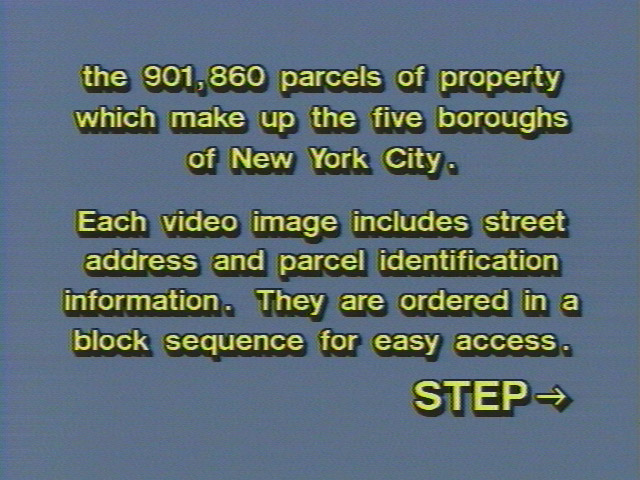Along West Third Street, where the Sixth Avenue elevated runs a short way between Sixth Avenue and West Broadway, the sides of the structure are almost within reach of third-story windows in decrepit houses, which, however forbidding, always have their quota of impoverished artistic tenants. Below here the Italian colony abounds in pizzerias, (grocery stores) and restaurants (Mori’s and Bertolotti’s are a few of the popular ones), wine shops, open air pushcart markets, and an army of children. At 133 MacDougal Street, in the shadow of the elevated, is the stable-theater where the Provincetown Playhouse was born in 1916. (In 1936 the WPA Studio Theater was there.) It was one of the country’s first and most famous little theaters. Eugene O’Neill, the dramatist, a native of Greenwich Village, began his career there and Edna St. Vincent Millay acted in some of its productions. Near the theater are the ancient-looking Minetta Street and Minetta Lane, named for the old brook.
On the other side of the Village, at Hudson and Barrow Streets, is St. Luke’s Church, where, following a custom that began in 127, free loaves of bread are given to the needy at the 10 a.m. services. A short distance from the church stood the hose at 80 Jane Street in which Alexander Hamilton died when he was carried there wounded after his duel with Aaron Burr. James Fenimore Cooper lived in this sector, on Beach Street ear Hudson Street, when he wrote The Pioneer and The Pilot.
Most striking of the characteristics of Washington Square and Greenwich Village is their mellow blend of Old World and New – the quixotic jumble of old streets and modern thoroughfares, tumbledown dwelling and high apartment structures, long-standing hotels and restaurants and modern cafeterias – and the feeling everywhere of tolerance and freedom. John Reed spoke for countless kindred spirits before and after him when he wrote:
Yet we are free who live in Washington Square,
We dare to think as uptown wouldn’t dare,
Blazing our nights with arguments uproarious;
What care we for a dull old world censorious,
When each is sure he’ll fashion something
Glorious?
It is traditional that every generation of Villagers thinks it is the last to enjoy the free life. Former habitues of the quarter often say, “The Village isn’t what it used to be,” and shake their heads sadly. They will speak of Countess von Freytag-Loringhoven, who once shaved off her hair and painted her head a vivid green; of the girl, a poet and artists’ model, who used to war her fur coat with nothing beneath it; or of that epic event when a group of Villagers (their names are not on record) managed somehow to obtain the key to the door in the Washington Arch that opens on a stairway to the roof, and there on top of the monument held a midnight picnic. But present young Villagers say that such gongs-on are frequent today, even though others do not hear of them. Probably the next generation of Villagers will.




